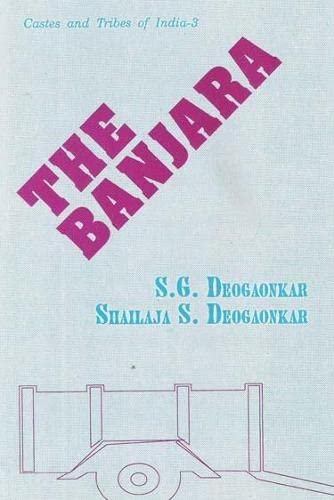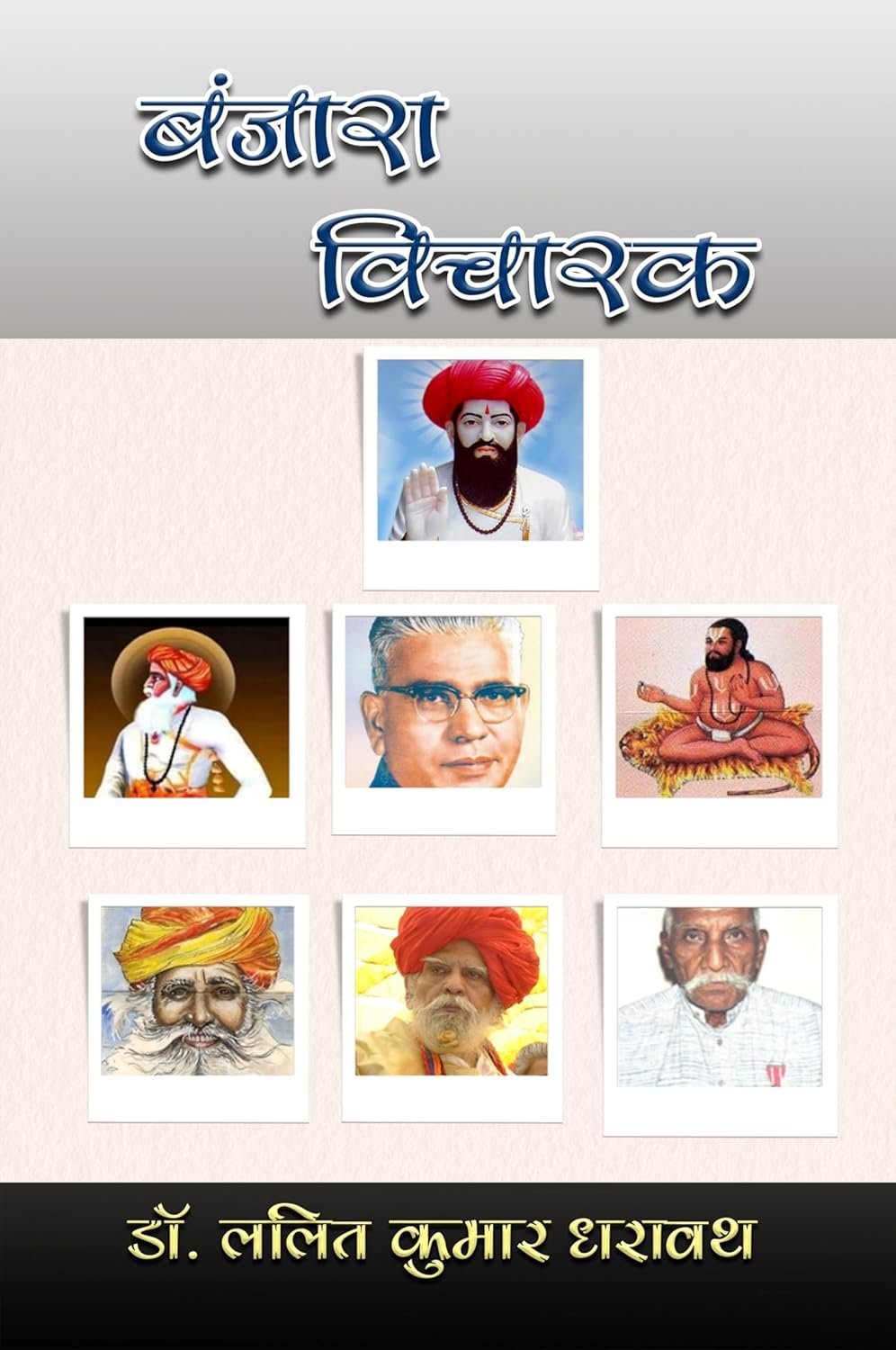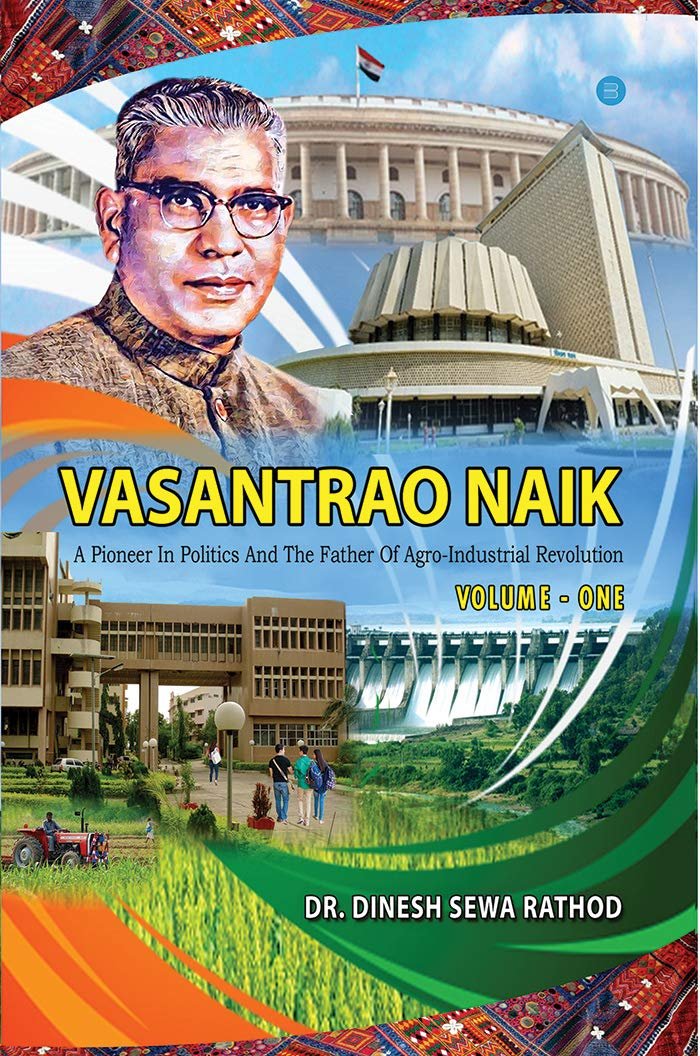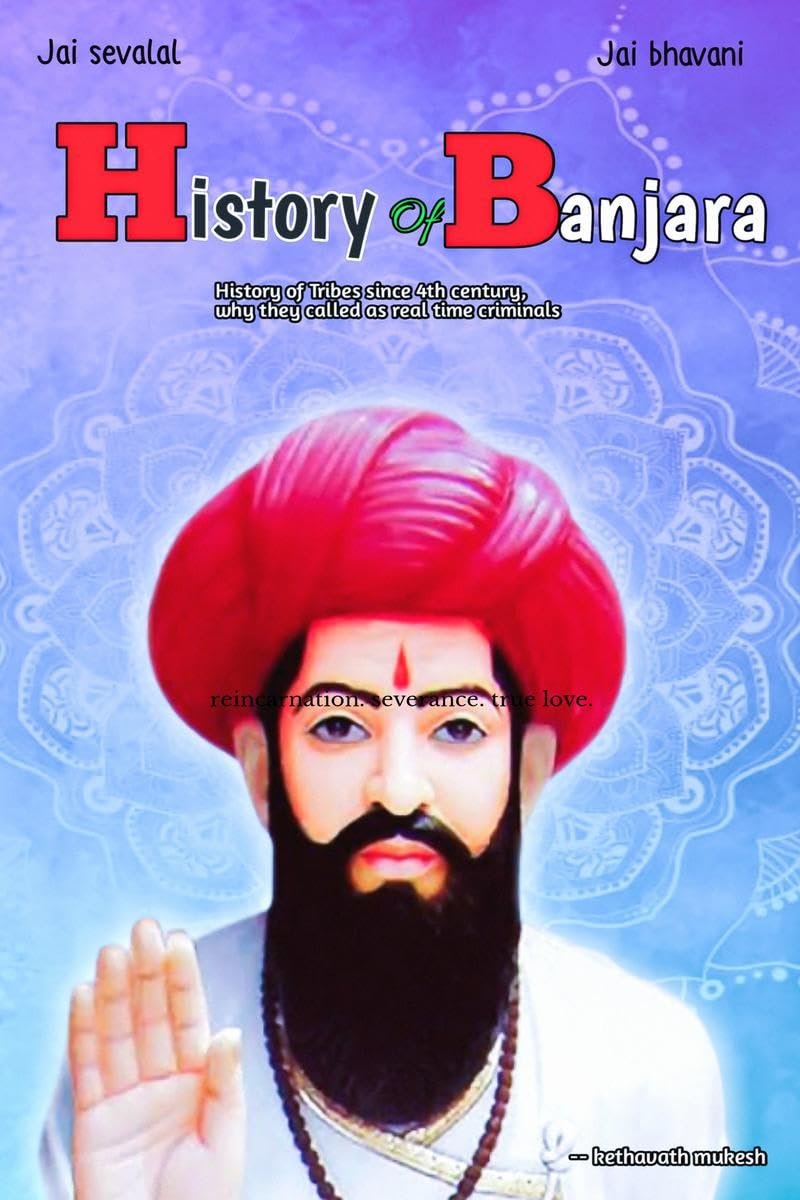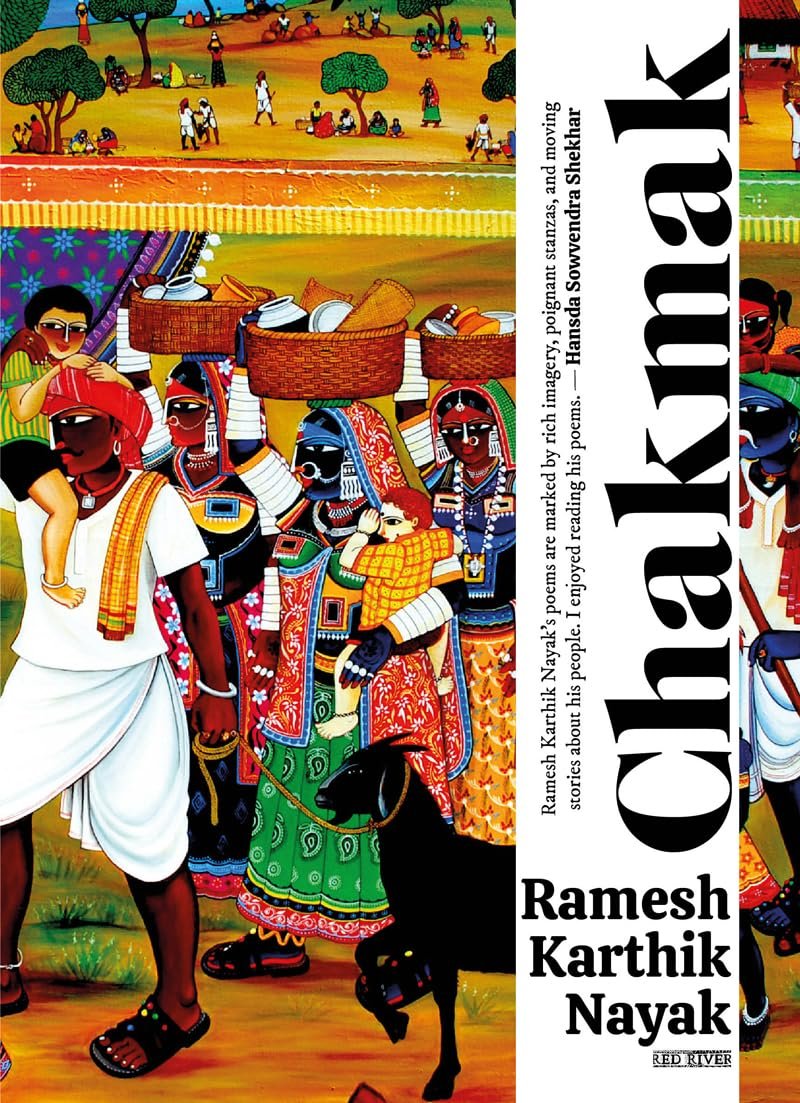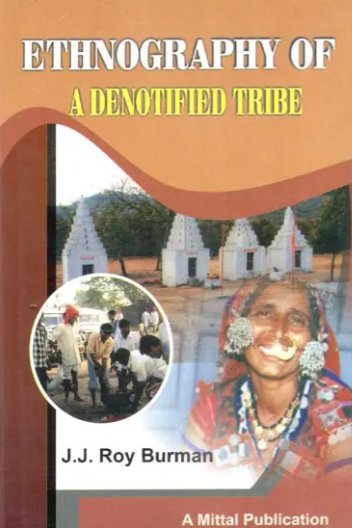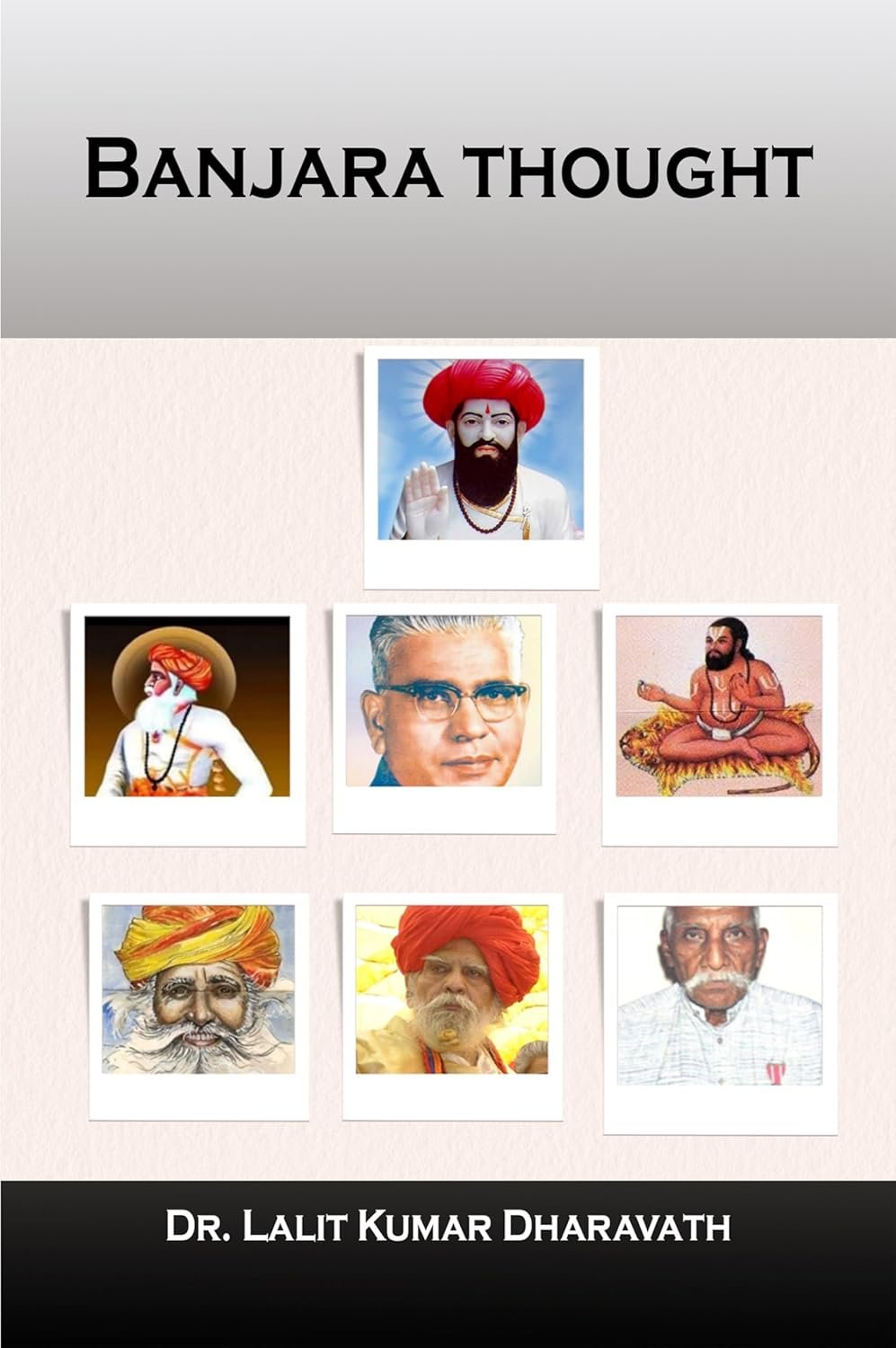
Banjara Thought
- Release:19 April 2025
- Views:13 times
- Price:₹374
- Pages:276
- Lable:Dr. Lalith Kumar Dharavath, English
Banjara Thought Book Review
The Banjara community is one of the oldest tribes in the world, scattered across India. Their history is both ancient and fascinating, filled with numerous untold stories of Indian history. Let’s explore this intriguing heritage. Two common narratives are often propagated in the study of Indian history. First, it is widely believed that Indian history begins with the Indus Valley Civilization. Second, many claim that the people of the Indus Valley were Dravidians, implying they were not Aryans. However, some historians argue that both of these claims are inaccurate. They propose that Indian history should not be confined solely to the Indus Valley or the Buddhist period. Some historians trace India’s history back to the arrival of Alexander in India. Therefore, it may not be entirely accurate to consider the Indus Valley Civilization or the Buddhist period as the foundation of ancient Indian history. These periods are better viewed as the concluding chapters of India’s ancient past.
Banjara Thought by Dr. Lalith Kumar Dharavath invites readers into a nuanced exploration of thought, culture, and governance, blending academic insight with lived experience. Written by a seasoned scholar at Osmania University, this work reflects his profound academic background and research depth
Highlights & Key Themes
- Cultural Vision and Reflection
The title suggests a focus on the “Banjara” worldview—likely rooted in tribal or folk traditions. Expect a thoughtful examination of cultural identity, traditional wisdom, and social reflection. - Academic Rigor and Authority
Dr. Dharavath’s decades of teaching and research shine through in clear, well-structured exposition and conceptual clarity—hallmarks of his scholarly approach. - Interdisciplinary Approach
Drawing on public administration, sociology, and cultural studies, the book potentially offers readers both theoretical depth and practical insight. - Accessible Yet Thought-Provoking
If consistent with the author’s other works, the writing likely balances academic credibility with readability—making it suitable for both scholars and general readers interested in identity studies.
Who Should Read It?
- Academics and researchers in public administration, cultural studies, and sociology.
- Students seeking insightful discourse blending tradition and modern governance.
- General readers interested in understanding the worldview of the Banjara or tribal communities.
- Policy enthusiasts and cultural advocates curious about diverse administrative perspectives rooted in cultural identity.

